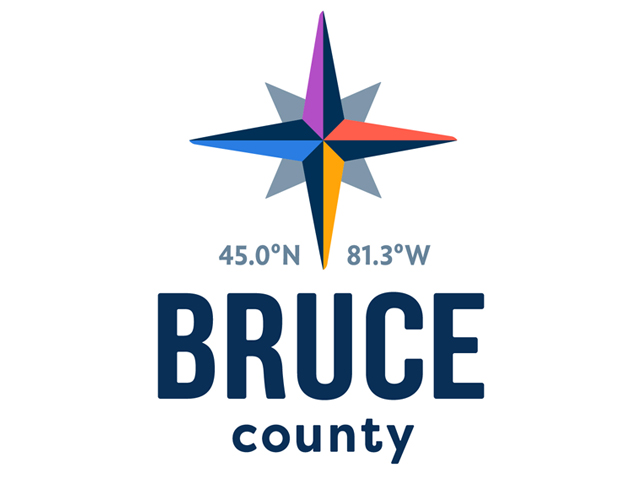Bruce County Releases Housing Demographic Study

Bruce County’s Housing Services division recently hired KPMG to complete a comprehensive Housing Demographic Study to help understand the County’s changing demographic characteristics, current and future housing supply and demand, key housing gaps and issues, and key factors affecting housing demands, supply, and affordability issues. This study relied on census information, proprietary micro-data, and stakeholder consultations.
“Staff worked closely with KPMG to ensure the framework, data collection, and final report represent the region and meet the needs of the County. The results of this demographic review will help Bruce County develop a meaningful sense of the housing market, an understanding of key housing issues, and the impact these issues have on the housing system”, said Manager of Housing Services Tania Dickson. “This report will drive Bruce County’s next Housing & Homelessness Plan and will also assist Planning & Development initiatives.”
Explore the Housing Demographic Study.
Key Highlights from the Study:
- Demographic Changes - Bruce County’s aging population continues to highlight the importance of accessible housing units. There is a noteworthy influx of working age group and younger age brackets in the County.
- Influence of Employment Trends - Bruce Power initiatives are a major driver in regional employment growth, which influences housing demand in the County.
- Lack of Housing Options - There is a lack of diversity in housing options in the County, with 83% of dwellings being single-detached houses.
- Affordability of Housing Units - Housing in Bruce County, particularly along the lakeshore, has become increasingly unaffordable, not only for low-income individuals and families, but among middle income earners as well. 45% of renters spend more than 30% of their income on housing and 18% of renters spend over 50% of their income on housing.
- Value of dwellings across the County increased by 76% between 2016 and 2021. In Bruce County, the affordable housing thresholds for 2020 are rents below $1,014 and ownership costs below $346,600. The average monthly dwelling costs in 2020 were $1,081 for rental and $1,251 for ownership.
- Maintaining Existing Stocks - 30% of Bruce County’s dwellings were constructed before 1960, which may highlight a need for capital commitment, including for the community housing portfolio owned by the Bruce County Housing Corporation.
- Gap in Housing Supply - Bruce County’s population has grown 8.5% since 2016 and is expected to reach 86,000 by 2046. Bruce County’s dwelling supply (40,814 in 2021) has only grown 4% since 2016. This imbalance in growth could be addressed with a focus on increasing supply with higher density housing and appropriate land development in key areas to support complete communities.
- Location and Lack of Services - Transportation is a barrier for lower income individuals and families seeking to find and maintain affordable housing while sustaining their employment. Affordable housing is available in outlying areas where access to employment, services, and support can be limited.
- Cost of Utilities - Utility costs are not an identified top housing issue in Bruce County. Low Energy Assistance Program (LEAP), the Ontario Electricity Support Program (OESP), and the Housing Stability Fund (HSF) are available to lower income individuals and families to assist with the cost of their electricity bill and/or arrears.
Warden Chris Peabody commented, "This report highlights the housing affordability issues facing both renters and owners in Bruce County. The high cost of housing and shelter is presenting unique challenges and renters are especially vulnerable."
Discover more about Housing Services in Bruce County.
Explore the Affordable Housing Toolkit.
Explore the Housing & Homelessness Plan (2019-2023).
 Logo
Logo